We are gradually making our way back to Guisando, where we will spend about a week before leaving Spain towards Italy and East Europe. But on our way we stop at Cordoba, the town of the thousand and one nights.
We arrive in the evening. The plan is to see the city tomorrow morning for a couple of hours, and head off to Guisando before lunchtime.
The old part of the city is easily reachable with Dora, good. We have been able to find a free parking space close to centre, by the roman bridge, only five minutes away from the historic part of the town.
Cordoba is probably the town of Spain which was most influenced by the Islamic civilization from the X to the XVI century, when Muslims invaded Spain. It was in fact, the capital of the Islamic Emirate and then Caliphate of Cordoba, including most of the Iberian Peninsula, wow! ![]() .
.
With an hour away from dusk, we have parked Dora and we go to walk around the town. The town is beautifully illuminated.
People seem to be fast walking and running along the river Guadalquivir, as it is such a warm temperature, very unusual for this time of the year. The fitness culture looks like it is well established in Spain. Every town and city we seen have walking paths and cycle lanes, especially along a river, if the town happens to have one.
At any time of the day, these paths are busy with housewives, runners, cyclists and dog walkers. Perhaps, the unemployed make the most of their time by keeping fit (not a bad idea); or perhaps the nice weather invites people to go out more, or simply the Spaniards are very sporty (it wasn’t my case when I used to lived here!).
We pass close to the tourist information office. Let’s get this over with today, shall we? We pop in, get the map and the main places to visit. Of course, the Mezquita, but that has to be tomorrow. But, although it is 19.00, the Islamic Baths are still open, and they are only €2. Okay.
We didn’t take any photos, partly because the presentation was so disappointing. Firstly they make you watch a 15 minute video, which just shows you all the exhibits you are about to see. They also tend to describe stuff which is very hard to visualise, we never did get to work out where the actual hot baths were, or if they existed at all, their were drawings but the text said they did not bathe, all very confusing.
But the most disappointing aspect was the building. They had buried the baths, but then prevented people from going on top, which could have made a lovely square. You entered via a weird slot, quite claustrophobic and manky, and then the front door. You enter into the garden, but the garden is now inside, with a horrible mural showing what is would have been like! Why not create a bit of it? At least make the garden outside. Very poor. GDR
The next day, incredibly beautiful.
And the bridge, already packed with walkers. I like towns with rivers. They attract birds and plants life and citizens can enjoy nature in the place they live.
Although we would like to join the locals for a peaceful morning walk, we don’t have time, only a couple of hours to do sightseeing before jumping into Dora and heading off to Guisando.
Who would have guessed that we wouldn’t leave the stress behind, all these deadlines! GDR
First visit, of course, La Mezquita, originally a mosque, the most important building in the town. It was later turned into a catholic cathedral in the XVII century by the vatican. The building is now called ‘Cathedral (old Mosque)’.
I am not sure if I understand this conversion. Surely, a temple built to worship a god cannot be used to worship another one? What is the process of reconverting a temple to be used for another religion? La Mezquita was a holy place, certain features would have been sacred and only usable to worship the Islamic god, this must be unchangeable.
I guess the catholic church can perfectly justified this action, the Islamic god doesn’t exist anyway. Of course, this wouldn’t have happened in reverse. If the muslims would have ‘stolen’ a cathedral from the catholic church, this religion would have claimed it back from the muslims centuries ago.
What is appalling is the level of desecration that was inflicted upon the original mosque. Mosques do not tend to reach for the sky, as do christian edifices. So what did the vatican do? Carve out the middle bit, and stick in a cathedral. Talk about not considering the context. This is architecture at its most barbaric. Horrific job. GDR
It would be interested to know what the Muslims who currently live in Cordoba and Spain think about this change. Perhaps, no one really cares, as at the end of the day, the Cathedral (old Mosque) may attract more visitors by being a hybrid building, which is economically good for the town. So that is fine.
We do find this place entertaining, though. It gives the visitor admire and contrast both styles and cultures in the same place.
Islam: the symmetric design, incredibly beautiful and unpretentious.
There is something much more appealing about the simple geometry around islamic design. Much calmer, less ornate and more rhythmic. However, what is still impressive about the catholic stuff is the light, whereas the mosque is comparatively dingy, the church is positively radiant. How such simple devices manipulate the unwary. We had our usual audio guide, which contained the usual claptrap. ‘The thin and elegant columns, supporting heavy arches above appear to float.’ Really! GDR
Catholic: ostentatious and fuzzy.
Islamic: bright and lively.
Ah what a shame, they had to dip into there extravagance, lets adorn everything with gold and show the world how important we are. Disappointing, get back to geometry, science and math. GDR
Catholic: intimidating, serious.
Islamic: simple, limited use of materials, playful with colours.
Catholic: too fussy, too crowded.
But we were also at a time when the church was raping the world of precious resources. All that timber was mahogany. Primary rainforest, never to be replanted. Maybe the catholic church should start to pay compensation for all the damage it has created. Maybe half arsed apologies are no longer just enough. GDR
Now, time to go up the tower of the Mezquita. The views of Cordoba and its surroundings must be stunning.
And they are. This a shot of the courtyard from the first floor. Orange and Cypress trees dominate the space. I have been able to spot the only olive tree planted in this place.
We continue up. The scale of Cordoba reveals itself.
The top of the Mezquita. This is where we were a few minutes ago. Difficult to read the building from outside.
But you can start to appreciate the carnage the catholics reaped upon this building. Their flying buttresses crashing through the simple geometry of the original mosque. Obviously from a god perspective, they are both wrong, so lets knock it down (or refurbish it) and put in something more useful. Maybe a casino would bring in even more touristic euro. GDR
We finish the visit to the Mezquita. We have time to visit one more place, mayb0e the Alcazar but there has been too much sightseeing by now. We have spent over two hours in the mosque, learning quite a lot of history through the audio guide we have rented. Not sure if the Alcazar would provide much more knowledge. If it does, it certainly isn’t worth another €12.
We prefer to wander around the town before going back to Dora.
Anywhere you go in Andalucia, the quality of life is revealed in their cafes and bars. There seems to be always a chance to find time and excuse to have a drink with someone.
I am glad to find out that Cordoba’s main square does has‘soportales’, (arches which create a colonnade). So typical of Spanish towns.
certainly We love getting lost in the back streets. This we have to do it without Dora, she certainly wouldn’t have liked going around here.
We have visited most of the old town in an hour. We decide to walk along the river to go back.
We have had a very nice time but we should press on. It is 12.30 and a long drive to Guisando is awaiting us, 400 kilometres. Normally, four to five hours, but it could take seven with Dora.
We decide to drive for a bit and stop at 14.00 for lunch. We will take the national road N-502, a fairly good road which will take us all the way, just ten kilometres before the turning to Guisando. We will pick up this road at Espiel, which is only 30 kilometres from Cordoba, or about 45 minutes drive. The road goes over Sierra Morena, a chain hills north of Cordoba. It should be a nice drive.
Well, not quite. We get a bit confused when getting out of Cordoba and drive south rather than north. We eventually find a sign to Villaviciosa, north, the right direction. However, this is a local road, hilly, bendy, narrow, and not in a very good condition. We are quite slow, we may not get to Guisando today. To add to the stress, we only have a quarter of fuel left, we are in the middle of nowhere, so the lack of petrol stations is guaranteed.
After an hour and a half, we get to the N-502. Frustrating, we are only 30 kilometres away from Cordoba! ![]() . At least, we have not run out of fuel (although we are very close). Luckily, a petrol station is in front of us. The price, three cents higher than we would normally pay. Annoying but, in situations like this, it is worth it.
. At least, we have not run out of fuel (although we are very close). Luckily, a petrol station is in front of us. The price, three cents higher than we would normally pay. Annoying but, in situations like this, it is worth it.
We scoff lunch and continue. 14.30. We may be able to make Guisando in daylight.
Dora is now full up with fuel and we are back on track, so no more stress. Looking back, it has been quite a nice drive, up and over Sierra Morena. Worth it? Only now.
On the way up to Guisando, we drive through memorable places for other members of the family. First, Almaden, the town where my brother studied his degree; Sevilleja, the village where my mother was born and lived until she was eight, and Oropesa, the town where my auntie Vito was born and my grandmother spent her years in a home.
After six hours driving we arrive at Guisando. Dora gives a large sight. It has been the longest journey for her with us so far. There was no discussion for us to stop and give her a rest this time. We had to spend the night in our beloved Guisando.
SM

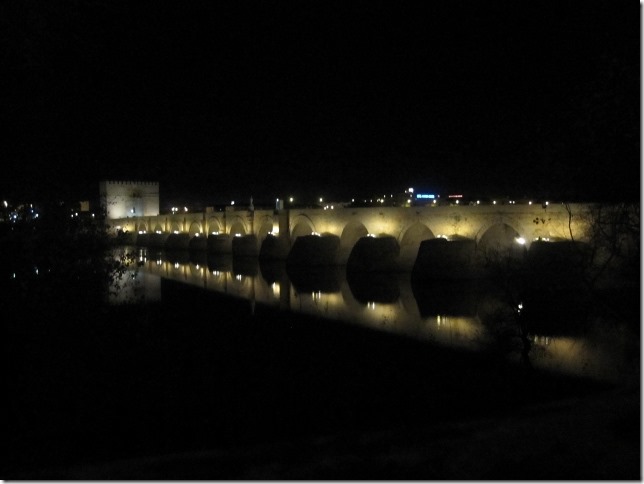
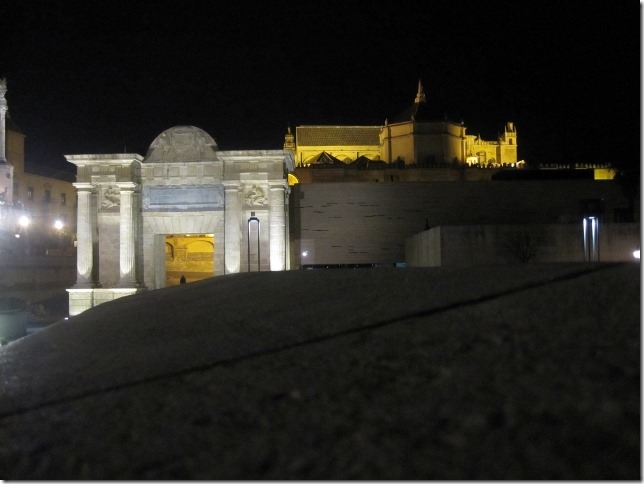
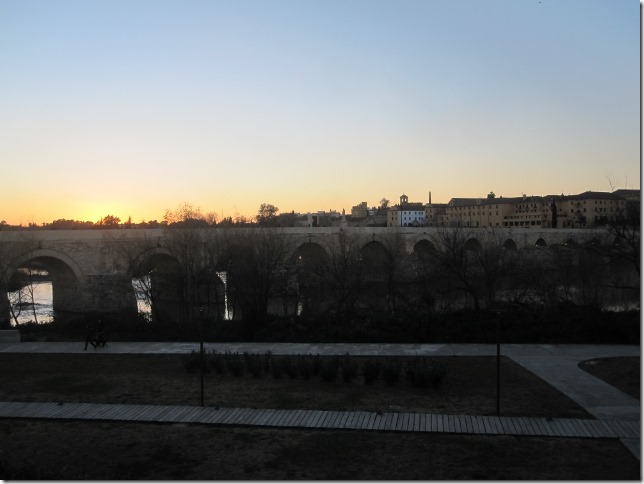
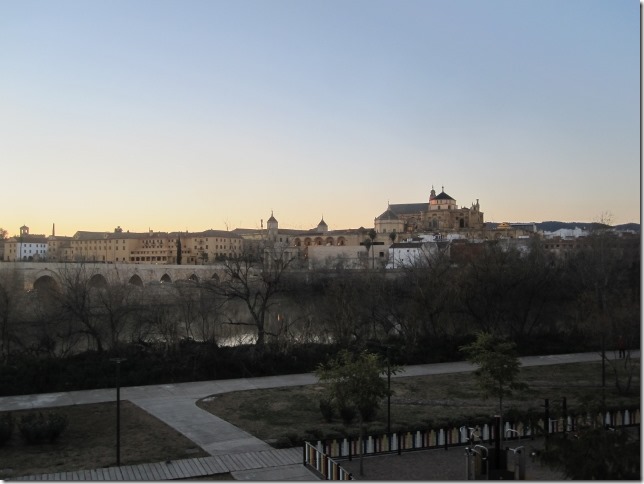
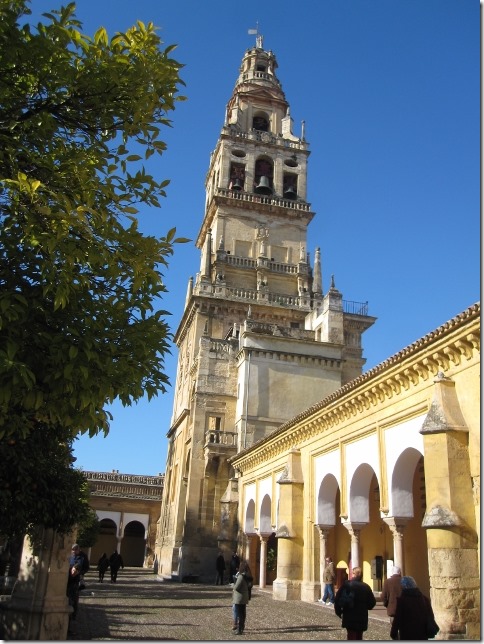
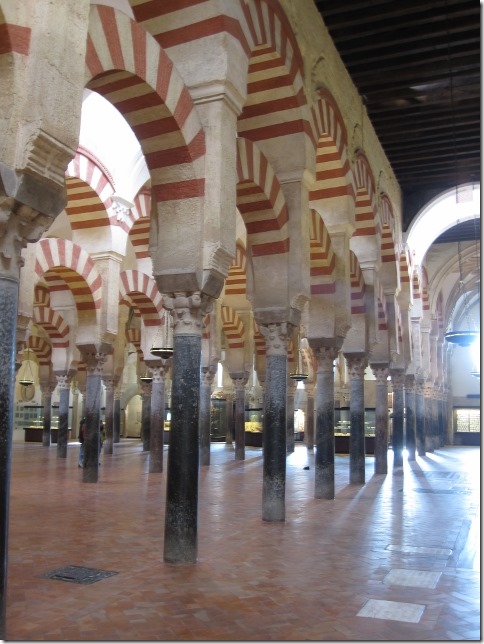
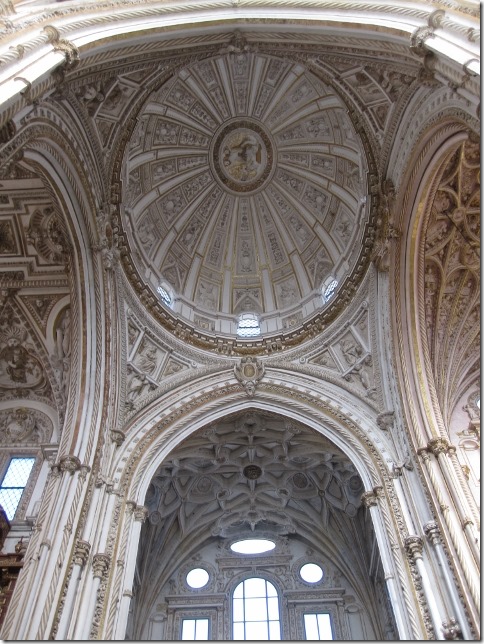

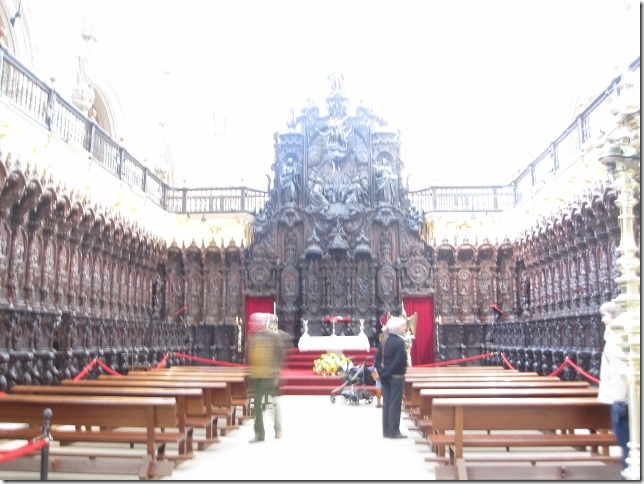
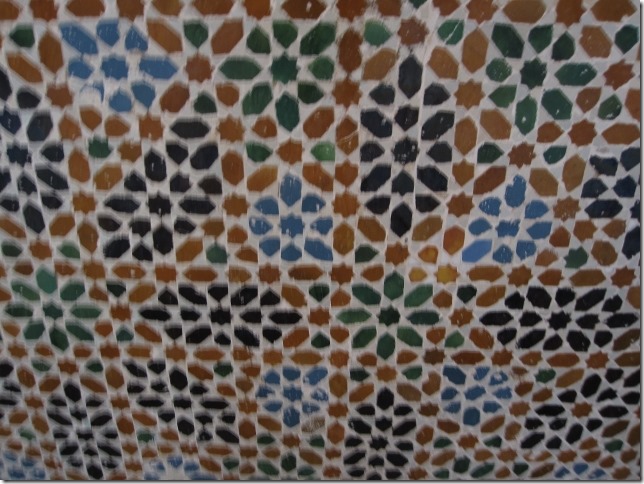
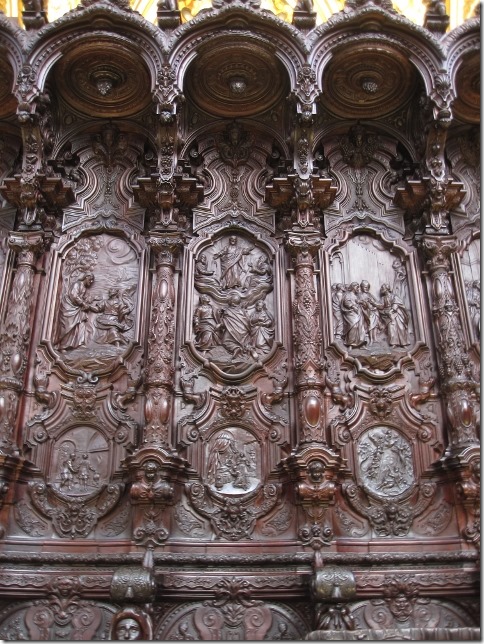
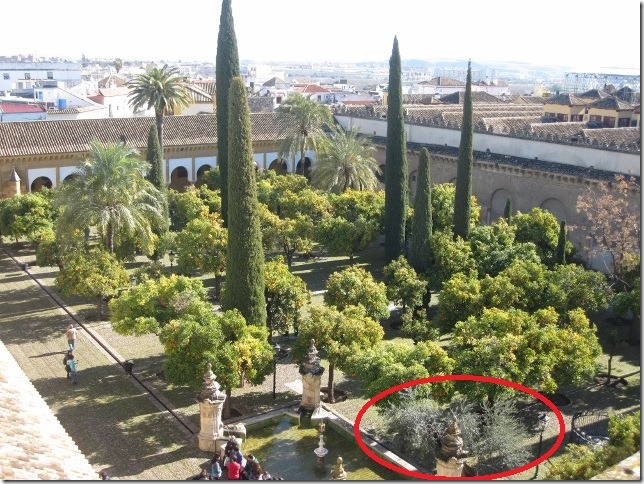
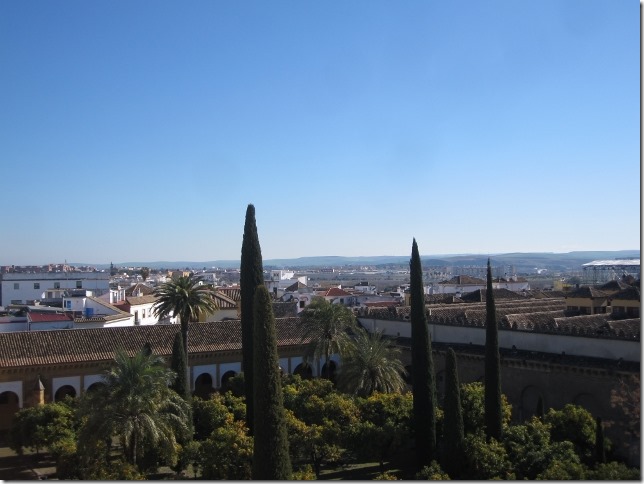
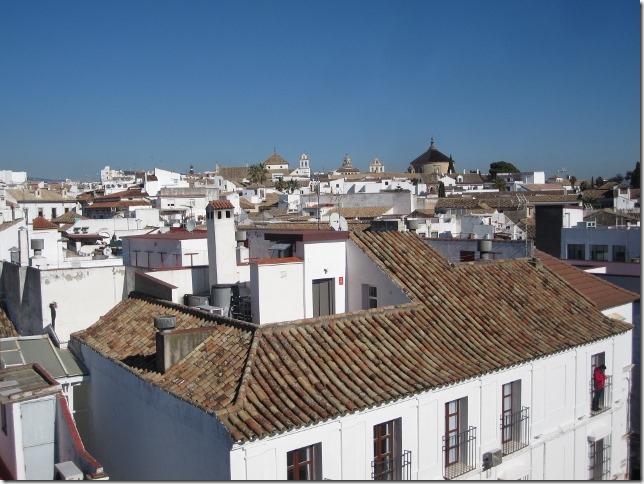
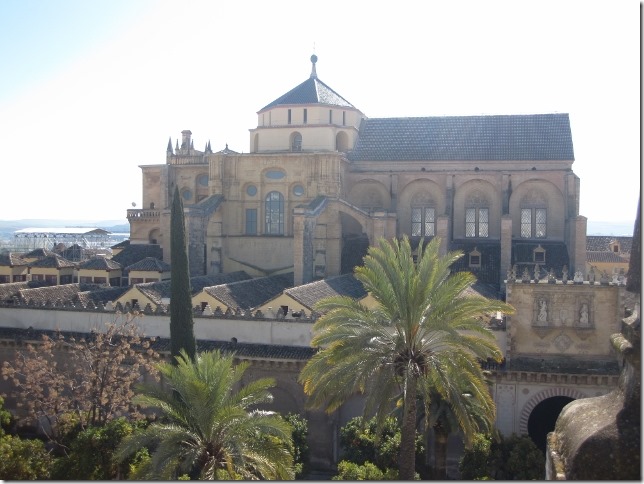
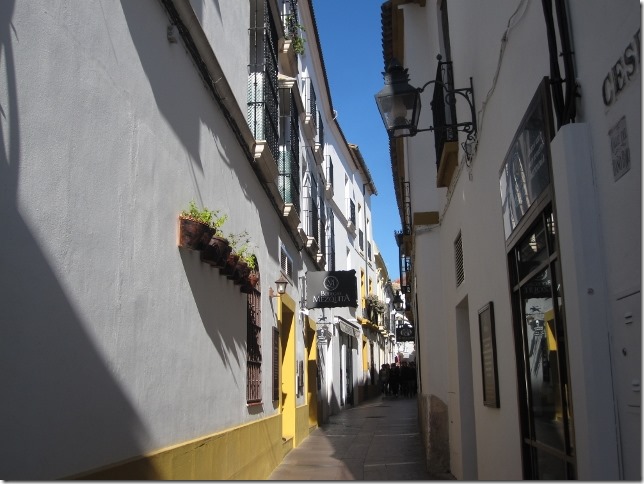
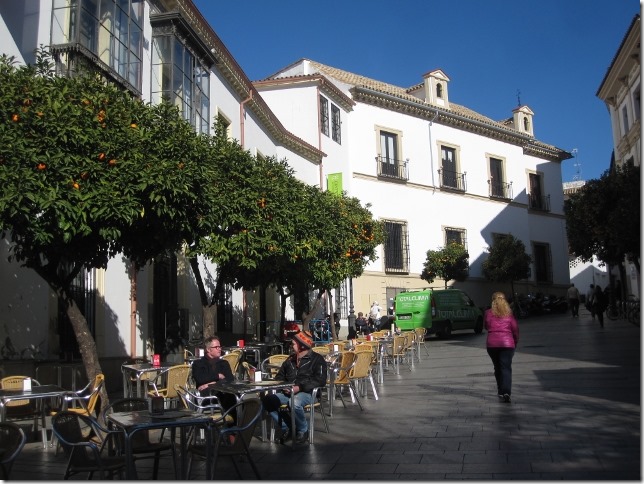
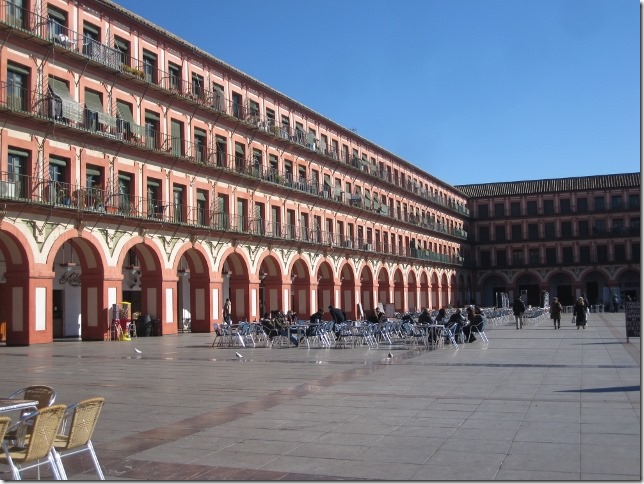
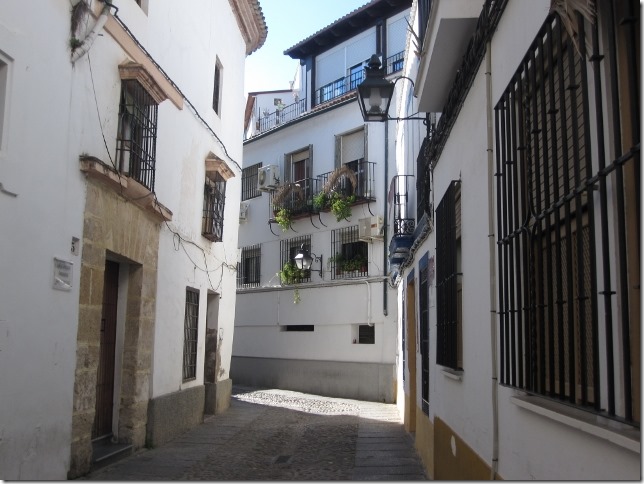
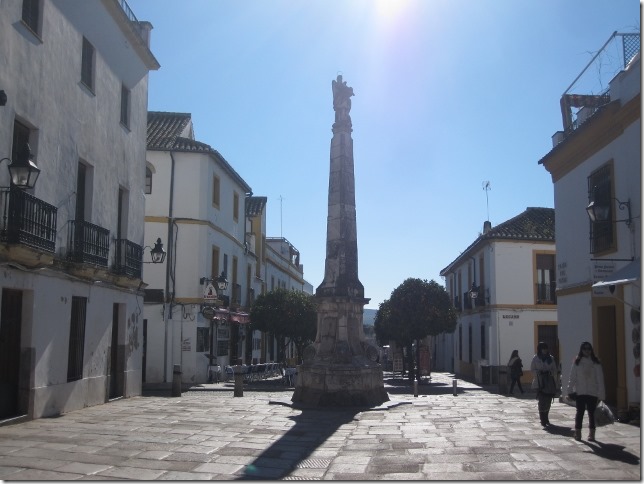
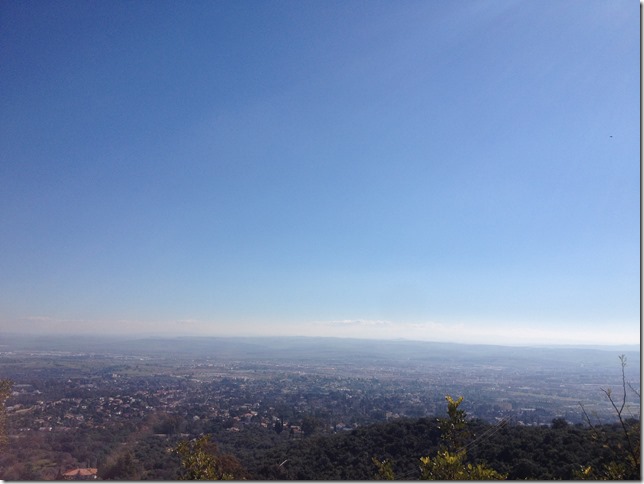
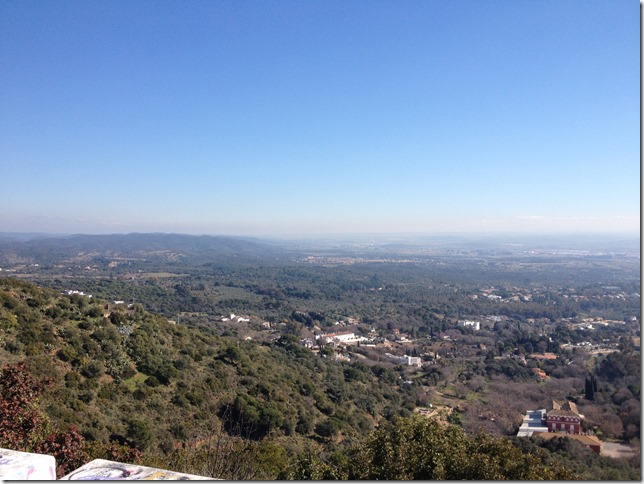






No se a vosotros……….Particularmente a mi me gusto mucho Córdoba, la verdad que toda Andalucía , cada provincia tiene su encanto, y eso que muy buen tiempo no nos hizo, llovió que parecía un diluvio, eso que era primero de otoño, vosotros habéis tenido suerte.,
a nosotros nos encanto. Un tiempo buenisimo, como nunca nos habriamos imaginoado en Febrero